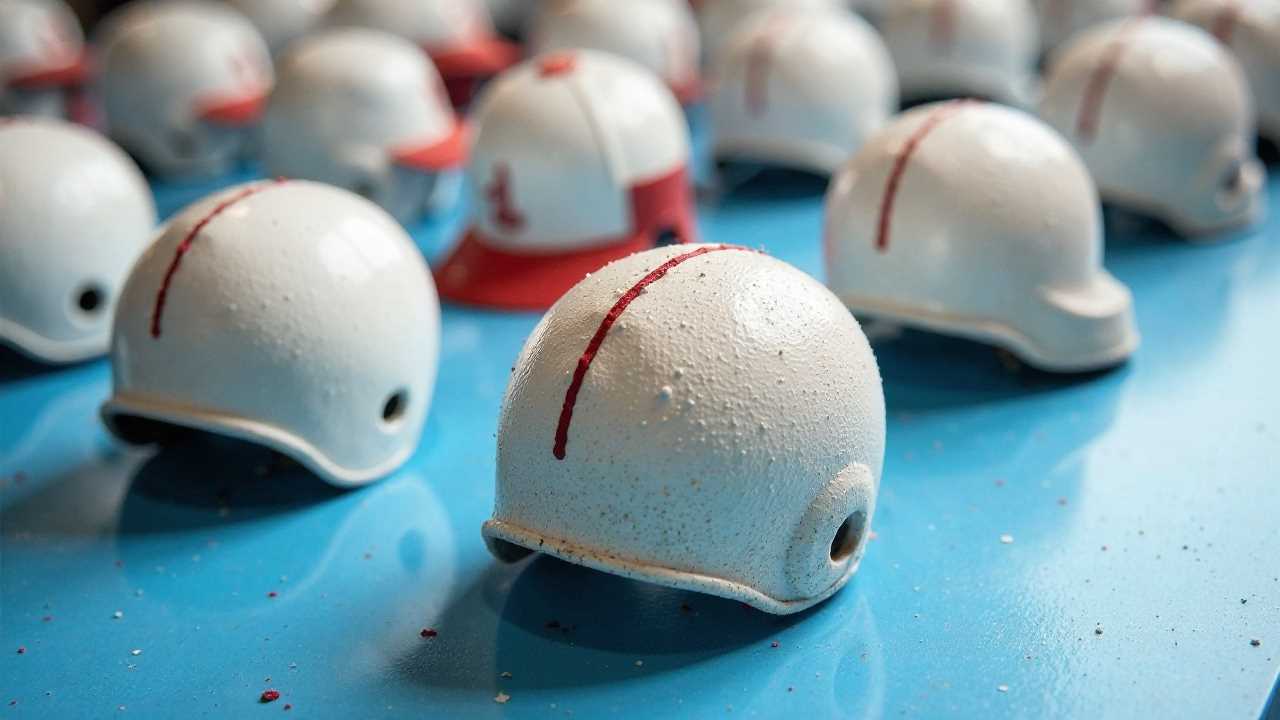
Understanding the Importance of Baseball Pitcher Arm Care
In the world of baseball, the pitcher holds a pivotal role, and their performance is significantly influenced by the health and functionality of their arms. Baseball pitcher arm care is not merely a routine; it is a comprehensive approach that encompasses various aspects of physical conditioning, injury prevention, and recovery. By focusing on shoulder stability, elbow strength, and effective recovery protocols, we can ensure that pitchers maintain peak performance while minimizing the risk of injuries.
Building Shoulder Stability for Pitchers
Shoulder stability is paramount for pitchers, as it directly affects their throwing mechanics and overall performance. A stable shoulder joint allows for a more controlled and powerful throwing motion, reducing the likelihood of injuries. To enhance shoulder stability, we recommend incorporating specific mobility exercises and strength training routines.
Mobility exercises such as shoulder circles, band pull-aparts, and wall slides can improve the range of motion and flexibility of the shoulder joint. These exercises should be performed regularly to maintain optimal shoulder function. Additionally, integrating strength training exercises like external rotations, scapular retractions, and overhead presses can fortify the muscles surrounding the shoulder, providing the necessary support during pitching.
Developing Elbow Strength for Enhanced Performance
The elbow is another critical joint that requires attention in baseball pitcher arm care. Strengthening the muscles around the elbow can significantly contribute to a pitcher's ability to throw with power and precision. Incorporating exercises that focus on the flexor and extensor muscles of the forearm is essential.
Exercises such as wrist curls, reverse wrist curls, and forearm pronation/supination can effectively build elbow strength. These exercises should be included in a pitcher’s training regimen to ensure that the elbow can withstand the repetitive stress of throwing. Moreover, maintaining proper throwing mechanics is vital in preventing undue stress on the elbow joint.
Implementing Effective Mobility Exercises
Mobility exercises play a crucial role in maintaining the overall health of a pitcher’s arm. These exercises not only enhance flexibility but also improve the range of motion in the shoulder and elbow joints. A well-rounded mobility routine should include dynamic stretches and static stretches targeting the upper body.
Dynamic stretches, such as arm swings and torso twists, can be performed during the warm-up routines to prepare the muscles for activity. Static stretches, including triceps stretches and cross-body shoulder stretches, should be incorporated post-activity to aid in recovery and maintain flexibility.
Recovery Protocols: The Key to Longevity
Implementing effective recovery protocols is vital for pitchers to ensure their arms remain healthy throughout the season. Recovery is not just about rest; it involves a combination of strategies that promote healing and prevent injuries.
Post-throwing recovery should include activities such as ice therapy, compression, and active recovery exercises. Ice therapy can help reduce inflammation and soreness, while compression garments can enhance blood flow and expedite recovery. Active recovery exercises, such as light jogging or cycling, can keep the muscles engaged without putting excessive strain on the arm.
Biomechanics Assessment: Fine-Tuning Performance
A thorough biomechanics assessment is essential for identifying any potential weaknesses or imbalances in a pitcher’s throwing mechanics. By analyzing the pitcher’s movement patterns, coaches and trainers can develop tailored training programs that address specific needs.
Utilizing video analysis and motion capture technology can provide valuable insights into a pitcher’s mechanics. This information can be used to make necessary adjustments, ensuring that the pitcher maintains optimal form and reduces the risk of injury.
Warm-Up Routines: Preparing for Success
Establishing effective warm-up routines is crucial for preparing a pitcher’s arm for the demands of throwing. A proper warm-up should include a combination of dynamic stretching, mobility exercises, and sport-specific drills.
Starting with light aerobic activity, such as jogging or jumping jacks, can increase blood flow to the muscles. Following this, dynamic stretches targeting the shoulders and arms should be performed. Incorporating sport-specific drills, such as light throwing or band exercises, can further prepare the arm for the intensity of pitching.
A Comprehensive Approach to Arm Care
In summary, mastering baseball pitcher arm care requires a multifaceted approach that emphasizes shoulder stability, elbow strength, mobility exercises, recovery protocols, biomechanics assessment, and effective warm-up routines. By prioritizing these elements, pitchers can enhance their performance while minimizing the risk of injuries. Consistent attention to arm care will not only prolong a pitcher’s career but also contribute to their success on the field.
 Mobility trainingHome Fitness RecoverySports Injury PreventionPersonal Physical TherapyOrthopedic SolutionsPrivacy PolicyTerms And Conditions
Mobility trainingHome Fitness RecoverySports Injury PreventionPersonal Physical TherapyOrthopedic SolutionsPrivacy PolicyTerms And Conditions
